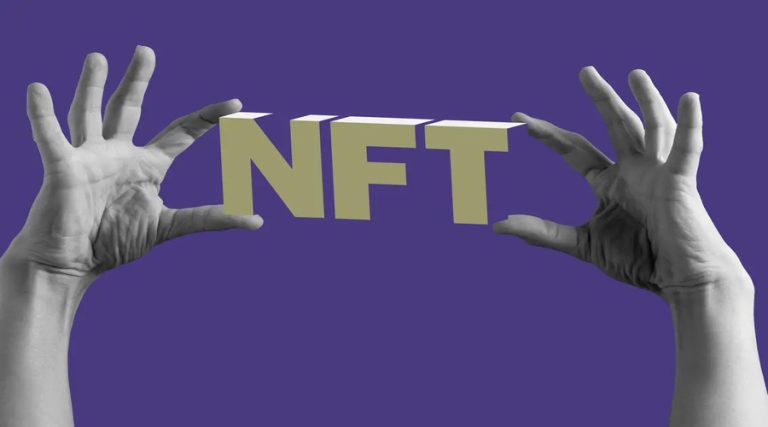The Importance of Smart Contracts in Ethereum
In the world of blockchain technology, Ethereum has established itself as a leading player. One of the key features that make Ethereum stand out is the use of smart contracts. Smart contracts are self-executing contracts with the terms of the agreement between buyer and seller being directly written into lines of code. In this article, we will explore the importance of smart contracts in Ethereum.
What are Smart Contracts?
Smart contracts are self-executing contracts that are programmed to automatically execute when certain conditions are met. These contracts are written in code and stored on the Ethereum blockchain. The code is designed to execute automatically and enforce the terms of the contract. Smart contracts are immutable, meaning they cannot be altered or deleted once they are deployed on the blockchain.
Advantages of Smart Contracts
Smart contracts offer a number of advantages over traditional contracts. One of the main advantages is that they are self-executing. This means that the terms of the contract are automatically enforced without the need for intermediaries. This reduces the need for intermediaries and saves time and money.
Another advantage of smart contracts is that they are transparent. Because smart contracts are stored on the blockchain, all parties involved can view the contract and its terms. This reduces the risk of fraud and increases trust between parties.
Smart Contracts in Ethereum
Ethereum is a decentralized blockchain platform that enables the creation of smart contracts. Smart contracts in Ethereum are written in a programming language called Solidity. Solidity is a contract-oriented programming language that is used to write smart contracts that run on the Ethereum Virtual Machine (EVM).
One of the key advantages of smart contracts in Ethereum is that they are decentralized. This means that they are not controlled by a central authority and are instead stored on a distributed network of computers. This makes them more secure and resistant to attack.
Use Cases for Smart Contracts in Ethereum
Smart contracts in Ethereum have a wide range of use cases. One of the most common use cases is for the creation of decentralized applications (dApps). These are applications that run on the Ethereum blockchain and are powered by smart contracts.
Another use case for smart contracts in Ethereum is for the creation of decentralized autonomous organizations (DAOs). DAOs are organizations that are run by rules encoded as computer programs on the blockchain. These organizations are transparent, open, and decentralized, and are not controlled by any central authority.
Decentralized Finance (DeFi)
One of the most promising areas for smart contracts in Ethereum is decentralized finance (DeFi). DeFi refers to financial applications that are built on the blockchain, and are designed to be open, transparent, and accessible to anyone with an internet connection. Smart contracts in Ethereum make it possible to create decentralized financial applications, such as decentralized exchanges (DEXs), lending platforms, and prediction markets. These applications have the potential to disrupt traditional financial systems by eliminating intermediaries, reducing costs, and increasing transparency.
Tokenization
Another area where smart contracts are being used in Ethereum is tokenization. Tokenization refers to the process of representing assets, such as real estate or art, as digital tokens on the blockchain. These tokens can then be traded, bought, and sold just like traditional assets. Smart contracts in Ethereum make it possible to create and manage these digital tokens, as well as enforce the terms of their transfer.
Supply Chain Management
Smart contracts in Ethereum are also being used for supply chain management. By creating smart contracts that automate the transfer of goods and track their movement on the blockchain, companies can improve the efficiency and transparency of their supply chains. This can reduce costs, improve trust between parties, and ensure that products are produced and transported ethically.
Gaming
Smart contracts in Ethereum are also being used in the gaming industry. By creating games that are built on the blockchain and powered by smart contracts, developers can create decentralized gaming ecosystems that are transparent, fair, and open to anyone with an internet connection. These games can also use digital tokens as in-game currency, allowing players to earn and trade value within the game.
Identity Management
Smart contracts in Ethereum can also be used for identity management. By creating a digital identity on the blockchain, users can prove their identity without the need for intermediaries. This can be particularly useful in situations where identity verification is required, such as in the banking industry or for voting purposes. Smart contracts can also be used to ensure that personal data is kept private and secure.
Intellectual Property
Smart contracts in Ethereum can also be used for intellectual property management. By creating digital ownership rights on the blockchain, creators can ensure that their work is protected and that they receive fair compensation for its use. This can be particularly useful in the music and art industries, where copyright infringement is a major problem.
Real Estate
Smart contracts in Ethereum are also being used in the real estate industry. By creating smart contracts that automate the transfer of property ownership, buyers and sellers can reduce the time and costs associated with traditional real estate transactions. Smart contracts can also be used to ensure that property titles are accurate and up-to-date.
Governance
Smart contracts in Ethereum can also be used for governance purposes. By creating decentralized autonomous organizations (DAOs) that are governed by smart contracts, communities can make decisions in a transparent and democratic manner. Smart contracts can also be used to ensure that funds are distributed fairly and that the organization operates according to its stated goals.
Conclusion
Smart contracts are an important feature of Ethereum. They offer a number of advantages over traditional contracts, including automatic execution and transparency. Smart contracts in Ethereum are decentralized, making them more secure and resistant to attack. Smart contracts have a wide range of use cases, including the creation of dApps and DAOs. As Ethereum continues to grow and develop, smart contracts will play an increasingly important role in the blockchain ecosystem.









